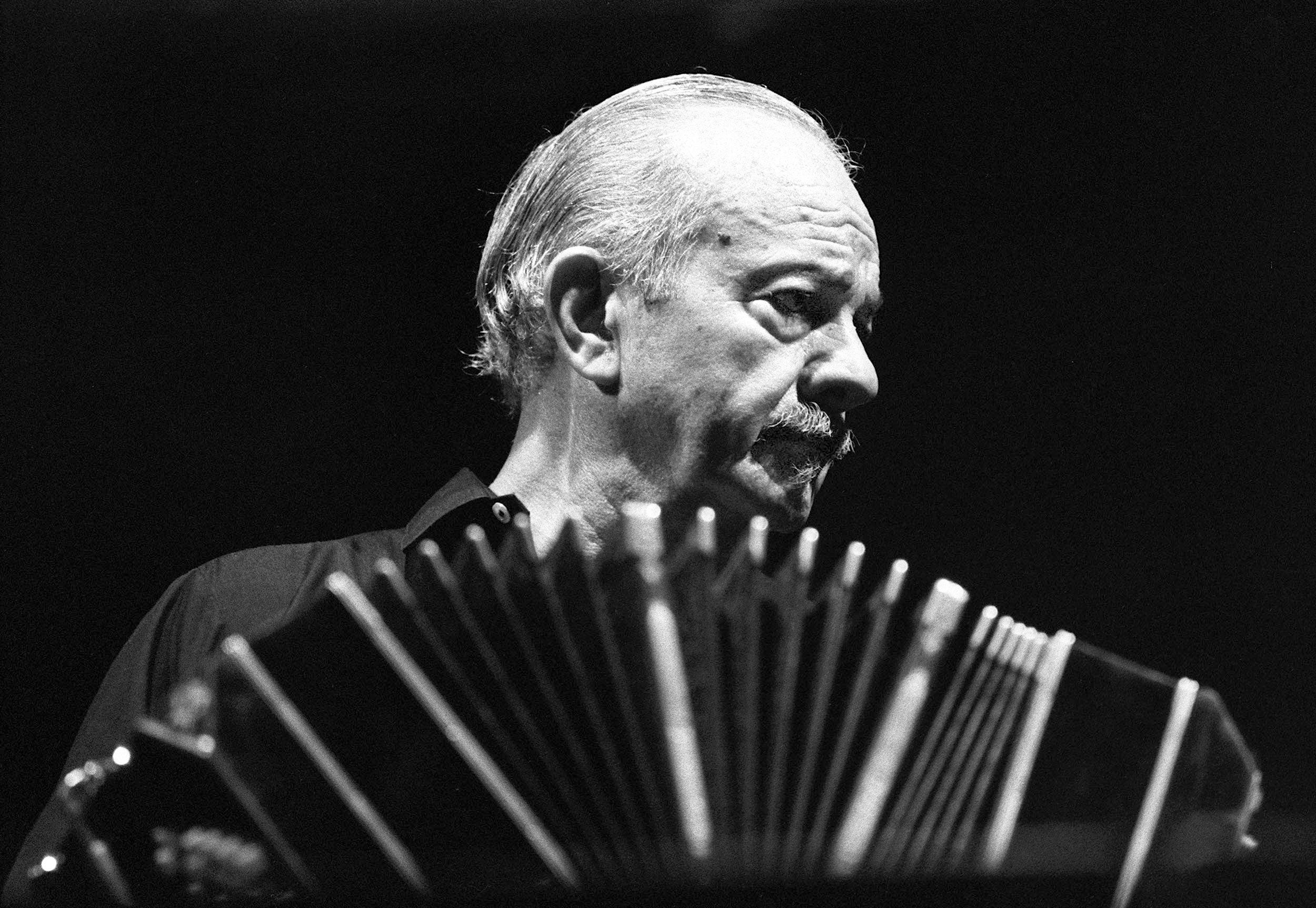Classical reviews: Komitas and Piazzolla
The Latvian Radio Choir performs a new arrangement of the Armenian composer's liturgy for mixed voices, while the Quinteto Astor Piazzolla perform some works that will be refreshingly unfamiliar. By Michael Church

Komitas: Divine Liturgy
Latvian Radio Choir, conducted by Sigvards Klava
(Delos DE 3590)
★★★★★
The story of Komitas Vardapet – Vardapet being the Armenian word for celibate priest – is almost unbearably tragic. Born in 1869 in an Armenian-Christian village in Turkey, where his compatriots were the victims of routine persecution, he was orphaned when very young and joined an Armenian church as a choirboy. He took holy orders, began to research Armenian folksong, arranged the songs for three voices, and gained world-wide celebrity as the voice of Armenian music; Debussy declared that one of his songs alone would guarantee him a place in the pantheon of composers. He created and conducted choirs to perform his arrangements, and his last major achievement was to score the historic Armenian liturgy for male voices.
That was in 1915, a few weeks before the Armenian Genocide began, with him and over two thousand other Armenian intellectuals – journalists, teachers, lawyers, doctors – being rounded up by the Turks and sent into the countryside in bullock carts, where most of them were either tortured, starved to death, or executed. He survived, but the experience drove him irrevocably mad: he spent the rest of his life in a Paris asylum.
This recording by the superb Latvian Radio Choir is in a new arrangement for mixed voices: it has wonderful grace and is shot through with echoes of the folk music on which Komitas drew for his inspiration.
Revolucionario
Quinteto Astor Piazzolla
(E54MUSIC)
★★★★★
A big hand for a new label whose inaugural product is a glorious explosion of colour and crazy invention. The present Quinteto Astor Piazzolla has been going for 20 years, but this recording will probably become their calling card: it’s the first in a series whose later CDs will include hitherto-unrecorded works, but many of its numbers will be refreshingly unfamiliar even to Astor Piazzolla aficionados. Sometimes using both hands on his bandoneon to increase the music’s complexity, the Argentine composer was forever pushing out the boundaries of his art form.
It’s worth remembering that his first loves were jazz and JS Bach, and that he only took up the bandoneon to soothe his father’s nostalgia in exile; Piazzolla’s teachers were Alberto Ginastera and Nadia Boulanger, both modernists who wanted their fabulously gifted pupil to go ahead and modernise the tango. "Here lies the real Piazzolla," Boulanger told him. "Don’t ever abandon it." He went back to Argentina and formed the ensemble which would remain his preferred medium, with violin, bass, electric guitar, piano, and bandoneon. The playing by this quintet – modelled on the one Piazzolla himself led – is brilliantly assured.
Join our commenting forum
Join thought-provoking conversations, follow other Independent readers and see their replies
Comments